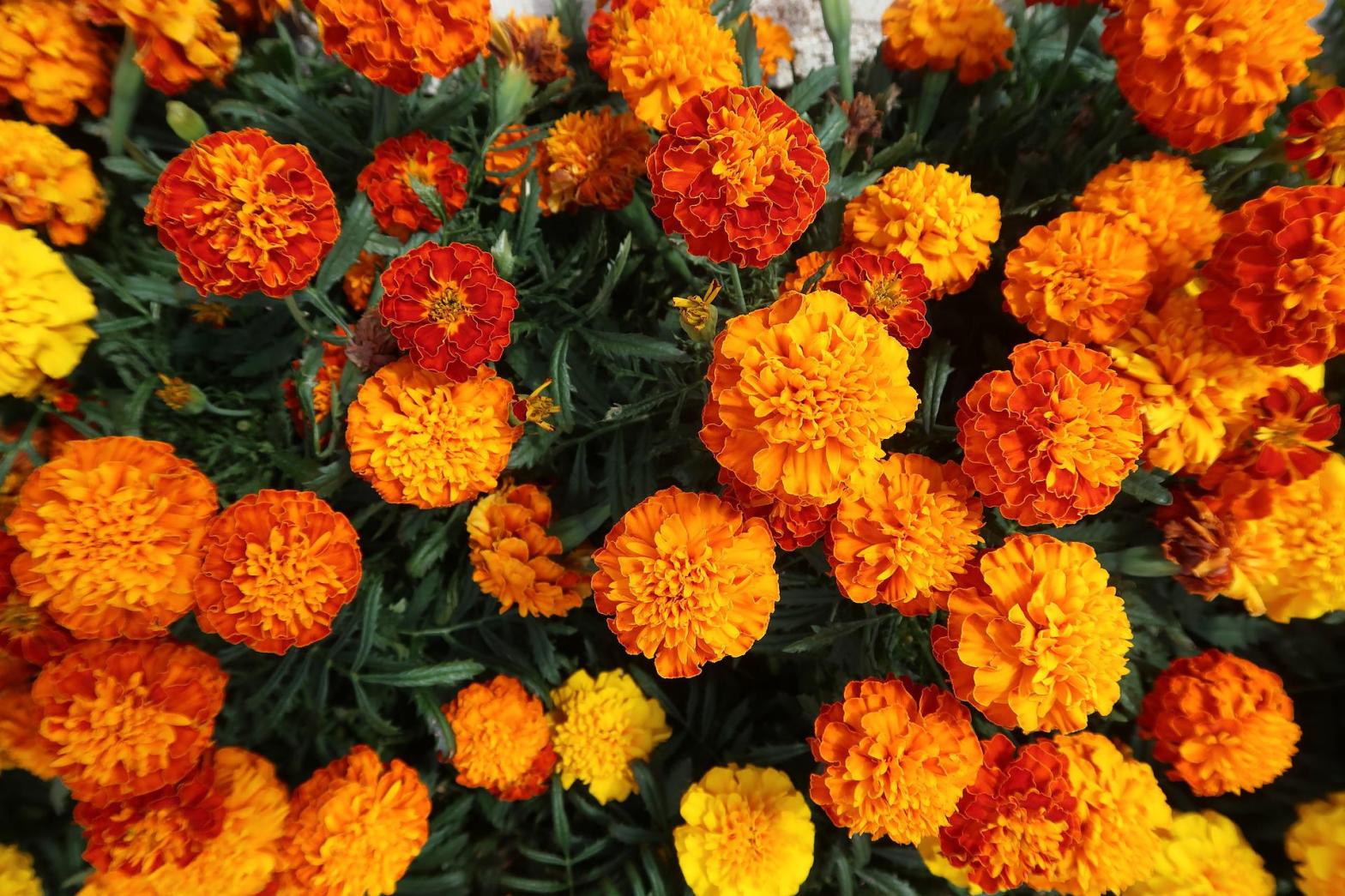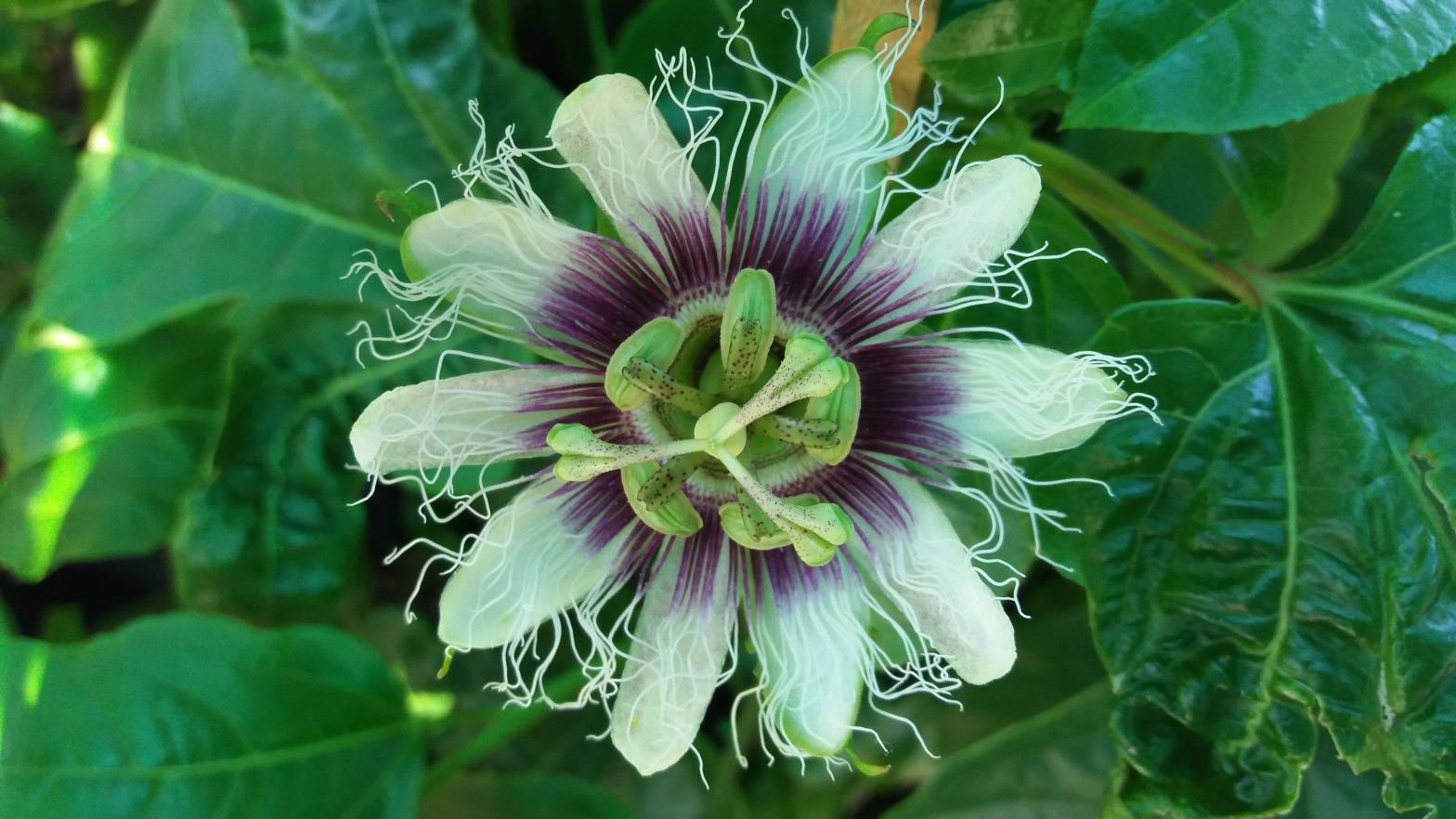Are you curious about how to look after Cymbidium Orchids? These particular orchids flower in late winter and early spring so you may notice them around at the moment. Cymbidiums are reasonably easy to look after and their flowers last for several weeks. They originally come from mountainous areas in tropical Asia.
They have yellow-green strappy leaves which emerge from swellings at the base of the plant known as pseudobulbs. The waxy flowers have elliptical petals with a different colour centre, making the most exquisite blooms.
Cymbidiums need a bright light position but ensure that you protect them from hot, direct sun. In summer, grow them in dappled shade in a sheltered position outdoors. In winter, bring them indoors as they come into flower. They need regular watering in summer, so perhaps two to three times a week, keeping the soil moist. If possible, use tepid rainwater to water the plants. In winter, they need less moisture so water about once every two weeks. The goal is to keep the soil damp but at the same time, to avoid sogginess.
Soil medium suitable for Cymbidiums
Cymbidiums need a porous growing medium so use an orchid mix that will allow lots of air to get to the roots. In nature, Cymbidium Orchids are epiphytes and grow on other plants using aerial roots to anchor themselves. When deciding on a soil mix for Cymbidiums, use a special orchid mix consisting of bark, peat or other very fibrous material that drains well.
Cymbidiums tend to flower better when they are pot-bound so you would only need to repot them every three to four years. Repot after they have finished blooming. You can also use this as an opportunity to divide plants that have become too large. Use a sharp knife to divide the pseudobulbs and also clean off any dead growth before reporting into new containers.
Feeding Cymbidium Orchids
Feed your Orchids regularly with a liquid fertiliser at half-strength. The plants do go through a rest period during autumn so don’t feed during this time. They also need to be in a cool position whilst resting. These few weeks of taking a break from growing actually helps them to produce flowers when they begin growing actively again.
The most exquisite orchid blooms!
Orchid flowers last for very long and Cymbidiums make excellent cut flowers. Cut the stems close to the base of the plant to help keep the plant vigorous and to encourage more flowers next year.










